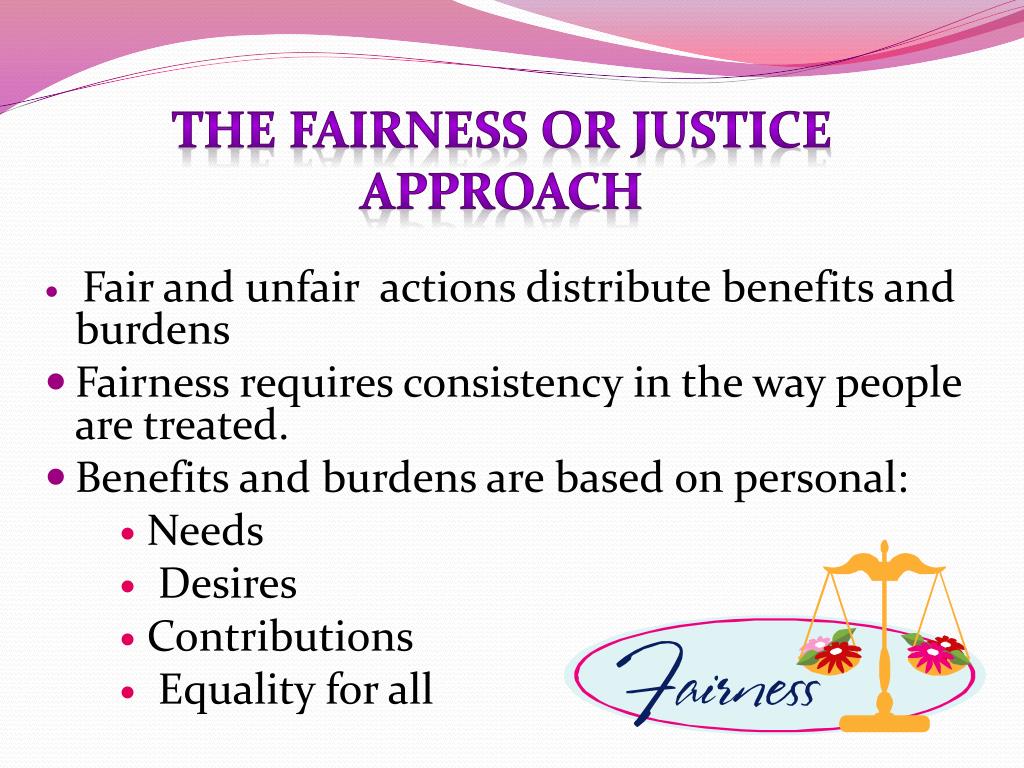Generative AI holds immense promise, capable of creating everything from art to music. But this power comes with a responsibility: ensuring this technology is fair for everyone. This isn’t simply about being “nice”—it’s about building AI we can trust. This article delves into the core principle of fairness in generative AI, exploring how bias can infiltrate these systems and outlining steps toward a more equitable AI future. Unravel the cosmic mystery behind the fascinating enigma of the anagram moon starer.
What is Fairness in Generative AI?
Fairness in generative AI means ensuring these systems treat everyone equally, regardless of background, and lead to just outcomes. This builds trust and avoids perpetuating harmful societal biases. Imagine applying for a loan and being unfairly rejected by an algorithm biased against your zip code. Such scenarios underscore the importance of fairness in AI, ensuring decisions are based on merit, not prejudice. This means avoiding skewed judgments based on sensitive attributes like race, gender, religion, or socioeconomic status.
Why is Fairness Critical?
Biased AI can exacerbate existing inequalities. A hiring algorithm favoring one group based on biased data could have devastating consequences. Conversely, fair AI can create opportunities for all, leveling the playing field and fostering a more inclusive society.
Data: The Foundation of Fair AI
Generative AI models learn from massive datasets. If this data reflects societal biases, the AI will likely inherit and amplify them. This “garbage in, garbage out” scenario necessitates diverse and representative datasets that accurately mirror the real world. Techniques like data augmentation (expanding existing data) and synthetic data (creating new, realistic data) can help achieve this balance.
Algorithms: The Recipe for Fairness
Even with unbiased data, flawed algorithms can produce unfair outcomes. Transparency in algorithms is crucial for understanding how decisions are made. Counterfactual fairness testing—seeing how an AI’s decision changes when certain details are altered—can reveal hidden biases. For instance, if changing a job applicant’s gender alters the AI’s hiring decision, it suggests a gender bias within the algorithm.
Navigating the Nuances of AI Fairness
Fairness in AI is a multifaceted issue with various interpretations. “Equal opportunity” focuses on ensuring everyone has an equal chance at a desirable outcome. “Demographic parity” aims for AI decisions to reflect population demographics. “Predictive rate parity” seeks equal accuracy across different groups. Choosing the right approach depends on the specific application and potential consequences.
The Human Element
Developers, even unintentionally, can introduce their own biases. A facial recognition system trained primarily on lighter-skinned faces might perform poorly on darker skin tones. Recognizing and mitigating such biases is crucial for building truly fair AI.
Building a Fairer Future: A Continuous Process
Achieving fairness in AI is not a one-time fix; it’s an ongoing process requiring continuous monitoring and adaptation. “Fairness metrics,” such as demographic parity and equal opportunity, help quantify fairness and hold systems accountable. Regular evaluation of these metrics ensures AI systems remain fair over time.
Collaboration is Key
Building fair AI requires a collaborative effort, bringing together computer scientists, ethicists, social scientists, legal experts, policymakers, and users. Diverse perspectives ensure comprehensive consideration of societal impacts and ethical implications.
Looking Ahead: Addressing Emerging Challenges
The future of fair generative AI involves addressing how people interact with these systems. Is the interface accessible to everyone, regardless of ability? How do societal biases manifest in how people use and interpret AI-generated content? Can regulations encourage fairness and prevent harm? These questions highlight the complex and evolving nature of responsible AI development. Ongoing research continually explores new fairness approaches, and our understanding of these issues is constantly evolving.
| Aspect of Fairness | Description | Practical Example |
|---|---|---|
| Data Balance | Ensuring datasets represent all groups fairly | Gathering data on diverse skin tones for an AI diagnosing skin cancer |
| Algorithmic Transparency | Understanding how AI reaches its conclusions | Using tools explaining why an AI loan application was rejected |
| Continuous Monitoring | Tracking fairness measures over time | Regularly checking if an AI hiring tool recommends diverse candidates |
Deep Dive: Exploring Fairness in More Detail
Fairness in AI, especially generative AI, is not a static concept. It requires a nuanced understanding of potential biases and proactive strategies for mitigation. Let’s unpack this further:
The Roots of Bias
Bias in AI often stems from the data itself. If training data reflects societal prejudices, the AI will likely learn and amplify them. Even seemingly neutral data points can act as proxies for sensitive attributes. For example, using zip codes in loan applications can inadvertently discriminate against lower-income communities.
A Spectrum of Fairness Metrics
There’s no single definition of fairness. Different metrics highlight distinct aspects: demographic parity, equal opportunity, and predictive rate parity are just a few. Choosing the right metric depends on the specific context and desired outcome.
The Algorithm’s Role
Even with perfect data, algorithms can introduce bias. They might optimize for efficiency in ways that disadvantage certain groups. Imagine a traffic optimization system that reduces overall travel time but increases pollution in low-income neighborhoods.
The Human Factor
Developers, despite good intentions, can unconsciously embed their biases into AI systems. A facial recognition system trained mainly on one demographic might struggle to identify others. Ongoing vigilance and bias detection tools are essential.
The Path to Fairer AI
Building fair AI requires a multifaceted, continuous effort. This includes:
- Curated, diverse datasets: Gathering representative data is paramount.
- Algorithmic transparency and explainability: Understanding AI’s decision-making process allows for scrutiny and bias detection.
- Continuous monitoring and evaluation: Regularly assessing fairness metrics helps maintain equity over time.
- Human oversight and ethical frameworks: Expert guidance and ethical guidelines ensure responsible AI development.
- Interdisciplinary collaboration: Engaging diverse stakeholders, from computer scientists to ethicists, leads to more comprehensive solutions.
By addressing these complexities and fostering ongoing dialogue, we can harness the true potential of generative AI and build a future where this transformative technology benefits everyone, equitably. It’s a challenging but essential journey toward a more just and inclusive AI landscape.









